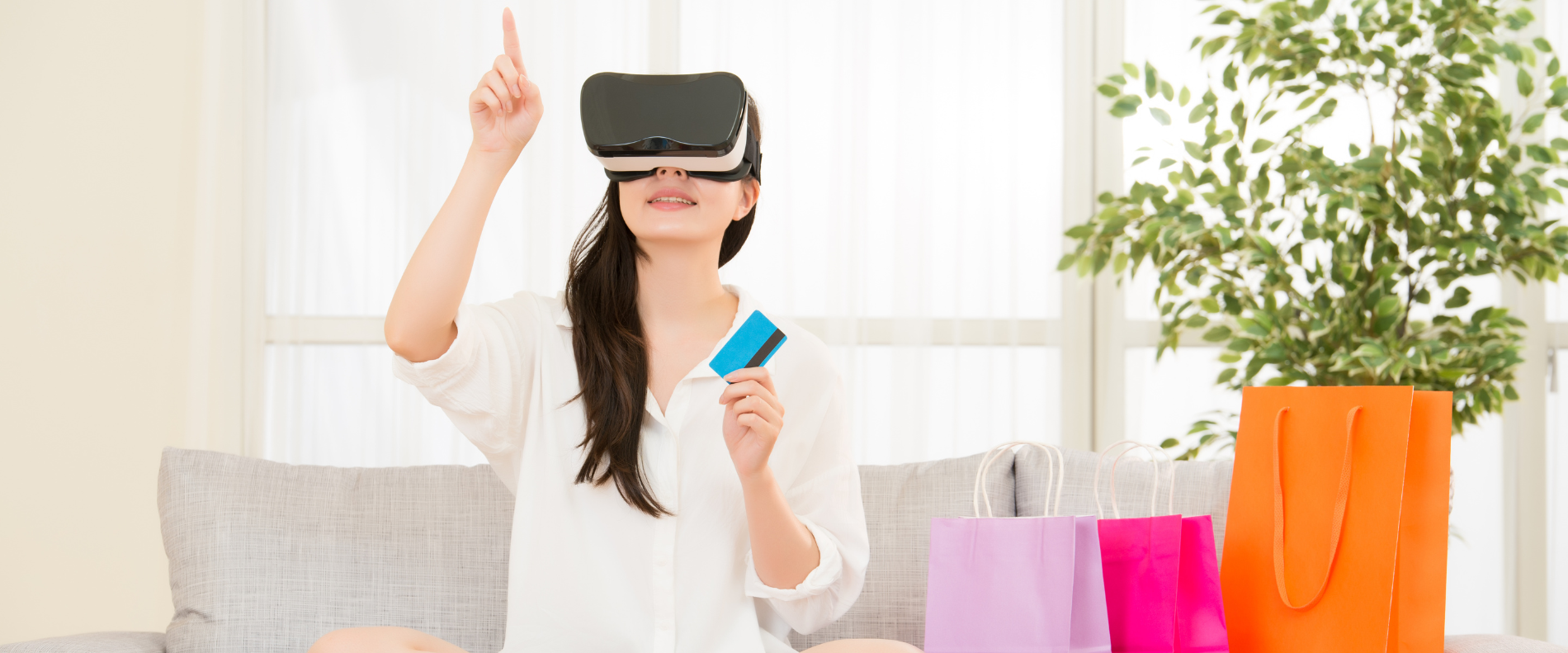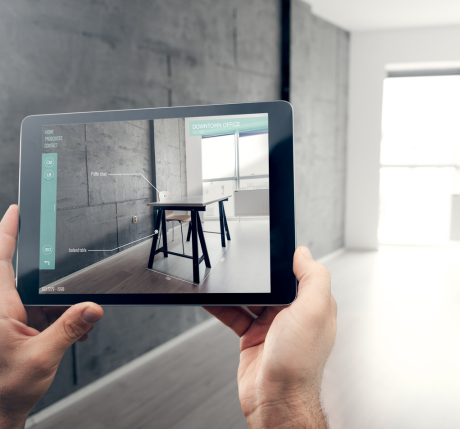
Revolutionizing E-commerce with VR 360: The Future of Online Shopping
In the ever-evolving world of e-commerce, businesses are constantly seeking innovative ways to enhance the online shopping experience and stay ahead of the competition. As technology continues to advance, virtual reality (VR) has emerged as a game-changer in the e-commerce industry. VR 360-degree tours are revolutionizing the way customers interact with products and making online shopping more immersive and engaging than ever before.
The Power of VR 360 in E-commerce
VR 360-degree tours offer a unique and captivating way for customers to explore products in a virtual environment. By leveraging this cutting-edge technology, businesses can provide their customers with a realistic and interactive shopping experience that goes beyond traditional online shopping methods.
Increased Customer Engagement
VR 360-degree tours have the power to capture the attention of customers and keep them engaged throughout the shopping process. By allowing customers to virtually interact with products, businesses can create a memorable and personalized shopping experience that encourages them to explore and discover new products.
Enhanced Product Visualization
One of the key benefits of VR 360-degree tours is the ability to provide customers with a detailed and realistic view of products. Customers can zoom in, rotate, and even examine products from multiple angles, giving them a better understanding of the product's features and quality before making a purchase. This enhanced product visualization can lead to increased customer confidence and reduced return rates.
Improved Decision-Making Process
VR 360-degree tours can simplify the decision-making process for customers by providing them with a more comprehensive understanding of products. Customers can see how products fit in their space, how they look when worn, or how they function in real-life scenarios. This level of immersion can help customers make more informed purchasing decisions, ultimately leading to higher customer satisfaction and loyalty.
Implementing VR 360 in E-commerce
Integrating VR 360-degree tours into an e-commerce platform may seem daunting, but with the right approach and tools, businesses can seamlessly incorporate this technology into their online shopping experience.
Partnering with VR Experts
Collaborating with experienced VR experts can help businesses create high-quality, immersive 360-degree tours that accurately represent their products. These experts can guide businesses through the process of capturing and optimizing 360-degree images and videos, ensuring that the final product is engaging and user-friendly.
Optimizing for Mobile Devices
As more customers access e-commerce platforms through their mobile devices, it's crucial to ensure that VR 360-degree tours are optimized for mobile compatibility. By creating mobile-friendly tours, businesses can provide customers with a seamless and accessible shopping experience, regardless of their device.
Integrating with Existing E-commerce Platforms
Many e-commerce platforms offer integration options for VR 360-degree tours, making it easier for businesses to incorporate this technology into their existing online stores. By leveraging these integrations, businesses can create a cohesive and streamlined shopping experience for their customers.
The Future of VR 360 in E-commerce
As VR technology continues to advance, the potential for VR 360-degree tours in e-commerce is vast and exciting. From virtual showrooms to personalized product recommendations, the future of online shopping is poised to become even more immersive and engaging.
Personalized Shopping Experiences
VR 360-degree tours can be used to create personalized shopping experiences for customers based on their preferences and browsing history. By leveraging data and machine learning algorithms, businesses can recommend products that align with each customer's unique style and needs, making the shopping experience more tailored and efficient.
Virtual Showrooms and Events
VR 360-degree tours can be used to create virtual showrooms and events that allow customers to explore products in a more interactive and engaging way. Businesses can use this technology to host virtual product launches, fashion shows, or even interactive workshops, providing customers with a unique and memorable shopping experience.
Seamless Integration with AR
As augmented reality (AR) technology continues to evolve, the integration of VR 360-degree tours with AR can create even more immersive and engaging shopping experiences. Customers can use AR to virtually place products in their own space, allowing them to visualize how products will look and fit in their homes or offices before making a purchase.


What are some successful case studies of ecommerce using VR 360
Here are a few successful case studies of e-commerce using VR 360:
1. Macy's Virtual Reality Furniture Experience
Macy's, a major US department store chain, partnered with Marxent to create a VR furniture shopping experience. Customers could use VR headsets to virtually place true-to-scale 3D models of furniture in their own living spaces. This allowed them to visualize how the furniture would look and fit before making a purchase. The VR experience resulted in a 60% increase in conversions and a 3x increase in average order value for furniture sold through the VR app.
2. Lowe's Holoroom How To VR Tutorials
Home improvement retailer Lowe's created the Holoroom How To VR tutorial experience to help customers learn DIY skills. Customers could use VR headsets to virtually practice home improvement tasks like tiling a bathroom. The VR tutorials made the learning process more engaging and memorable. Lowe's found that customers who used the Holoroom How To VR tutorials were 36% more likely to complete a DIY project compared to those who did not use the VR experience.
3. IKEA Place Augmented Reality App
IKEA, the Swedish furniture retailer, launched the IKEA Place AR app that allows customers to virtually place true-to-scale 3D models of IKEA furniture in their own spaces. Using Apple's ARKit, the app provides a realistic visualization of how the furniture would look in a customer's home. The AR experience has been a success, with 6.2 million downloads and a 25% increase in conversions for products showcased in the app.These case studies demonstrate how VR and AR technologies can enhance the e-commerce experience by providing customers with a more immersive and engaging way to interact with products. By allowing customers to virtually experience products in their own spaces, businesses can increase customer confidence, reduce returns, and ultimately drive more sales.
Conclusion
VR 360-degree tours are revolutionizing the e-commerce industry by providing customers with a more immersive and engaging shopping experience. By leveraging this cutting-edge technology, businesses can increase customer engagement, enhance product visualization, and improve the decision-making process for customers. As the future of online shopping continues to evolve, VR 360-degree tours will play an increasingly important role in creating personalized, interactive, and memorable shopping experiences for customers worldwide.

 + 7890 456 133
+ 7890 456 133